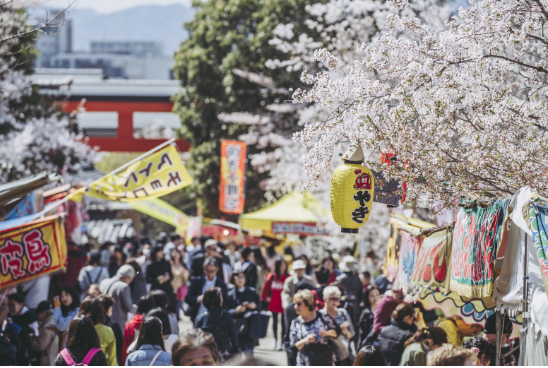PART A_1
We will read aloud the words below. Please repeat after me. I will check your pronunciation.
(Please send the mispronounced words and expressions to your student.)
PART A_2

| attract |
惹きつける
|
| top |
頂上
|
| despite |
にもかかわらず
|
| transportation |
交通手段
|
| solve |
解決する
|
PART A_3
Now, let’s review some words from Part A_2.
ではいくつかの単語を復習してみましょう。
(Please review the mispronounced words and expressions from Part A_2.)
PART A_4
PART A_5
Please look at the picture in part A_2. Give a maximum of three things that you see in the picture.
(If your student is having a hard time answering, please move to the next activity.)
PART A_6
PART B_1
You will read aloud the passage below. I will check your pronunciation and intonation.
(Please send the mispronounced words and expressions to your student.)
PART B_2
Nowadays, the number of tourists who go to Japan’s top cities has increased despite taking a hit in 2011. To attract more tourists to the countryside, the Japanese government is planning to improve public transportation and local attractions. Due to the increasing number of tourists in the cities, hotel room bookings are struggling to keep up. This is a difficult problem to fix, because the number of tourists is growing faster than the number of new hotels, even though more hotels are being built for the 2020 Olympics. To help solve the problem, the government is promoting the use of cruise ships as floating hotels and minpaku, a private lodging service. Tokyo officials hope that floating hotels and minpaku will be more common in Japan to accommodate tourists and also help people during disasters.
PART B_3
Now, let’s review some words and sentences from Part B_2.
(Please review the mispronounced words and sentences from Part B_2.)
PART B_4
PART B_5
I will ask the following questions. Please answer based on the passage. I will check if your sentences are complete and if the grammar is correct.
PART B_6
| 1. | What does the Japanese government do to attract more tourists to the countryside? |
| Answer: | |
| 2. | What is happening due to the increasing number of tourists in the cities? |
| Answer: | |
| 3. | What is minpaku? |
| Answer: |
PART B_7
Now, let’s review your answers.
(Please review your student’s answers by sending the correct answers in complete sentences. After that, ask your student to read aloud his or her corrected answers.)
PART B_8
PART C_1
Please choose a word to complete each sentence. Then, read aloud the sentences.
PART C_2
despite
attract
transportation
solve
| 1. | The Philippines aims to ___________ more foreign tourists by the year 2020. |
| 2. | My friends and I always use the train for _______________. |
| 3. | She still enjoyed her vacation ____________ the rain. |
| 4. | The investigators were able to ___________ the case. |
PART C_3
Now, let’s review your answers.
(Please review your student’s answers by sending the correct answers in complete sentences. After that, ask your student to read aloud his or her corrected answers.)
PART C_4
PART D_1
Please answer the following question.
I will check if your sentences are complete and if the grammar is correct.
I will check if your sentences are complete and if the grammar is correct.
PART D_2
| Question: | What is the most popular tourist spot in your town/city? |
| Answer: |
PART D_3
Now, let’s review your answer.
(Please review your student’s answers by sending the correct answers in complete sentences. After that, ask your student to read aloud his or her corrected answers.)
PART D_4
PART E_1
Now, let’s answer the following questions. Your answer should start with “Yes/No.”
Give at least one reason to support your opinion. I will check if your sentences are complete and if the grammar is correct.
Give at least one reason to support your opinion. I will check if your sentences are complete and if the grammar is correct.
PART E_2
| 1. | Do you think overtourism has more disadvantages than advantages? |
| Answer: | |
| 2. | Do you think Japanese people can benefit from Japan’s improving tourism industry? |
| Answer: |
PART E_3
Now, let’s review your answers.
(Please review your student’s answers by sending the correct answers in complete sentences. After that, ask your student to read aloud his or her corrected answers.)
PART E_4
PART F_1
Let’s have a free talk about the following topic.
(Please have a free talk if there is time left.)
PART F_2
What can people do to improve tourism in their country?
PART F_3